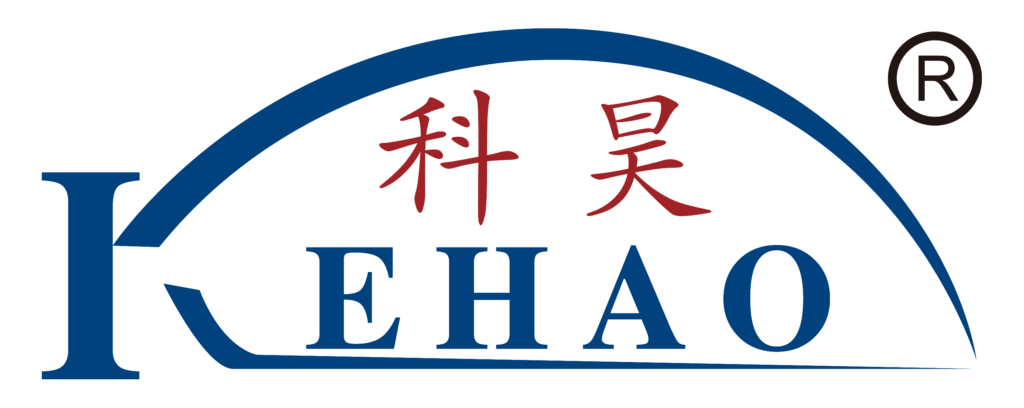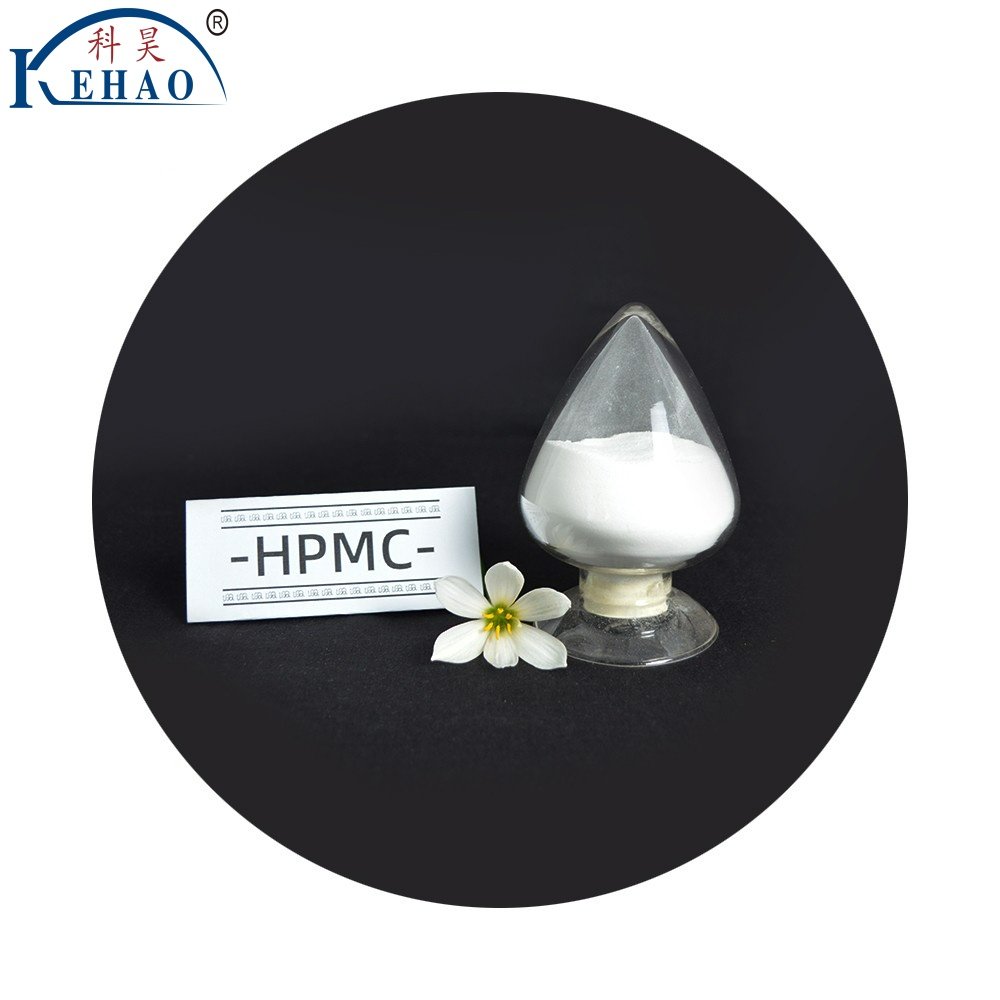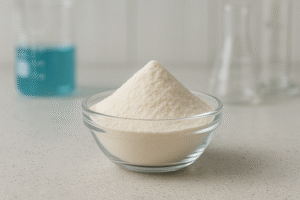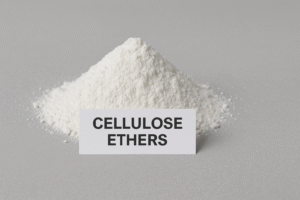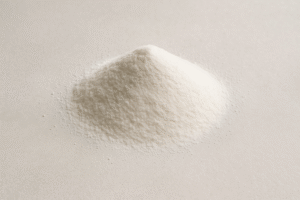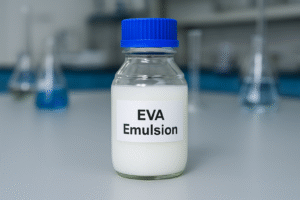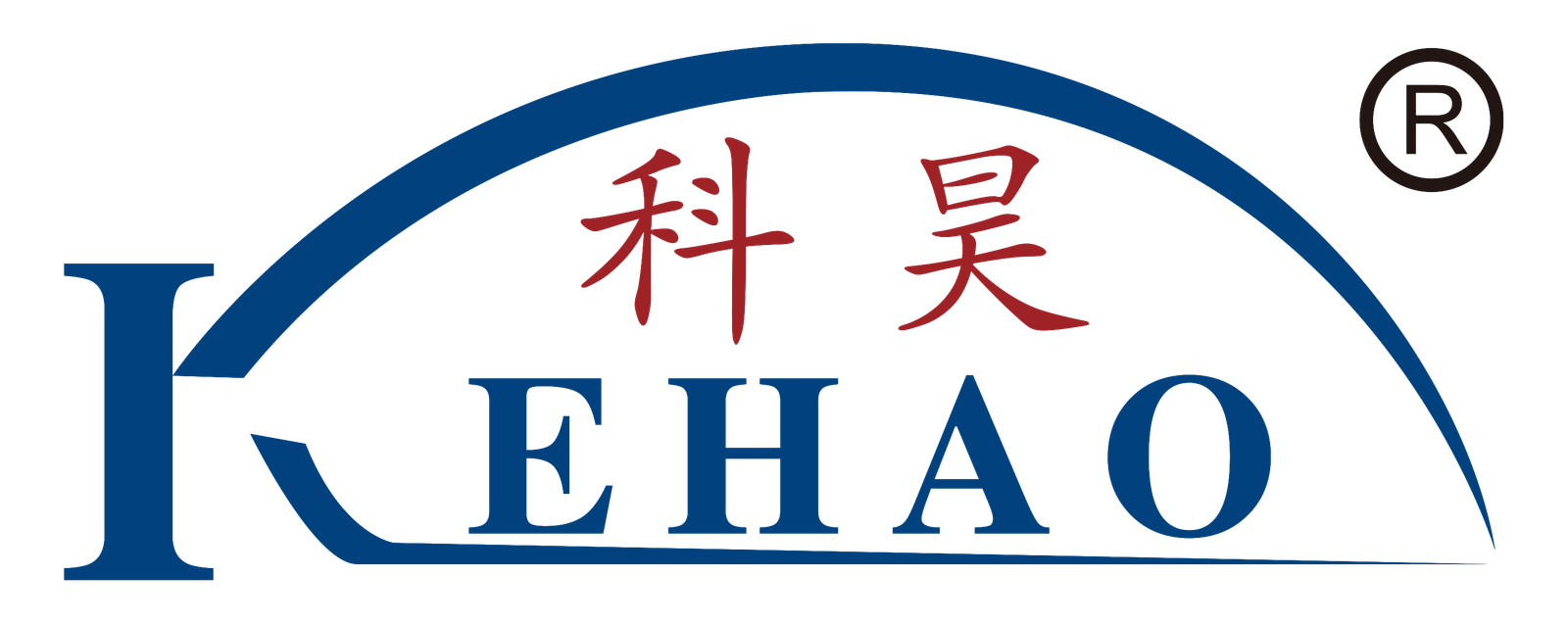Are you confused by all the chemical names in construction materials? HPMC appears on many product labels, but its full name is often a mystery that leads to purchasing mistakes and project delays.
The generic name for HPMC is Hydroxypropyl Methylcellulose1. It's a cellulose ether derived from natural cellulose where some hydroxyl groups are replaced by methoxyl and hydroxypropyl groups, creating a versatile building material additive.
Understanding chemical names might seem unimportant, but knowing what HPMC really stands for helps you make better decisions when buying construction materials. Let me walk you through some common questions about HPMC and related compounds.
What is another name for HPMC?
Suppliers often use different terms for the same product, causing confusion. HPMC might be labeled under various names, making it hard to know if you're getting the right material.
HPMC is also known as Hypromellose or E464 (when used as a food additive). In the construction industry, it's sometimes marketed under trade names like Methocel, Benecel, or Tylose, though these are brand names for the generic compound hydroxypropyl methylcellulose.
When I first started supplying HPMC to construction companies, I noticed many buyers were confused by the different names. This confusion often leads to miscommunication between suppliers and buyers. The chemical structure remains the same regardless of the name - it's a semi-synthetic, inert polymer used as a thickener, binder, film former, and water retention agent.
HPMC comes in different viscosity grades, typically ranging from 3 to 200,000 mPa·s, measured in a 2% solution at 20°C. The viscosity affects its performance in different applications:
| Viscosity Range | Common Applications |
|---|---|
| Low (3-15 mPa·s) | Ceramic extrusion, paint leveling |
| Medium (15-50 mPa·s) | Cement-based mortars, tile adhesives |
| High (>50 mPa·s) | Renders, plasters, EIFS systems |
The methoxyl and hydroxypropyl content also varies, affecting properties like water solubility, thermal gelation temperature, and surface activity. For construction applications, we typically supply HPMC with methoxyl content between 19-30% and hydroxypropyl content between 4-12%.
What is the generic name for GenTeal eye drops?
When clients ask me about pharmaceutical applications, they often confuse construction-grade HPMC with medical-grade materials. This confusion can lead to serious quality and safety issues.
The generic name for GenTeal eye drops is Hypromellose (HPMC) in combination with other ingredients like carbomer and sodium perborate. In this pharmaceutical application, hypromellose acts as an artificial tear solution, providing lubrication for dry eyes.
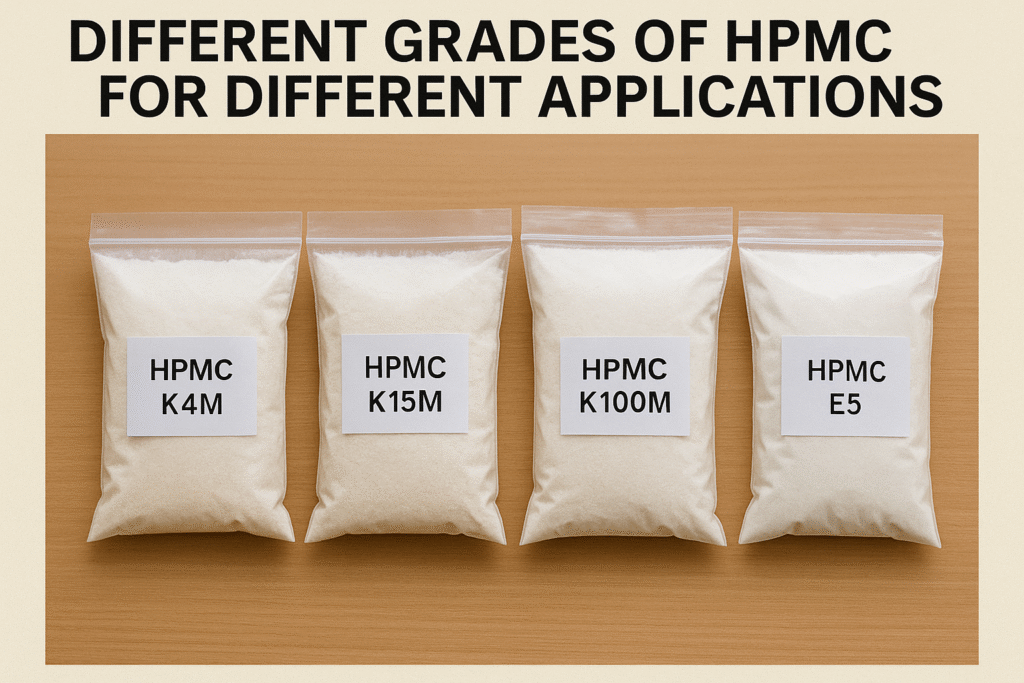
Medical-grade HPMC differs significantly from construction-grade HPMC2 in terms of purity, manufacturing standards, and quality control. As a supplier of construction materials, I always stress this distinction to prevent any misuse.
The pharmaceutical HPMC (used in GenTeal) must meet USP (United States Pharmacopeia) or EP (European Pharmacopoeia) standards, with strict requirements for heavy metals content, microbial limits, and residual solvents.
The construction-grade HPMC we supply undergoes different testing parameters focused on:
| Parameter | Construction HPMC | Medical HPMC |
|---|---|---|
| Purity | 95-99% | >99.5% |
| Heavy metals | <20 ppm | <5 ppm |
| Manufacturing | ISO standards | GMP standards |
| Particle size | Varied for application | Strictly controlled |
When our customers inquire about HPMC for specialized applications, we always recommend consulting with experts in that specific field. While the base chemical might be similar, the specifications and safety requirements differ greatly between construction and pharmaceutical applications.
What is the brand name for hydroxypropyl cellulose3?
Many buyers contact me asking for specific brand names, unsure of which product they actually need. This confusion often stems from mixing up different cellulose derivatives.
Hydroxypropyl cellulose (HPC) is different from HPMC and is sold under brand names such as Klucel, Nisso HPC, and Hercules. These brands manufacture HPC for various industries including construction, pharmaceuticals, and food production.
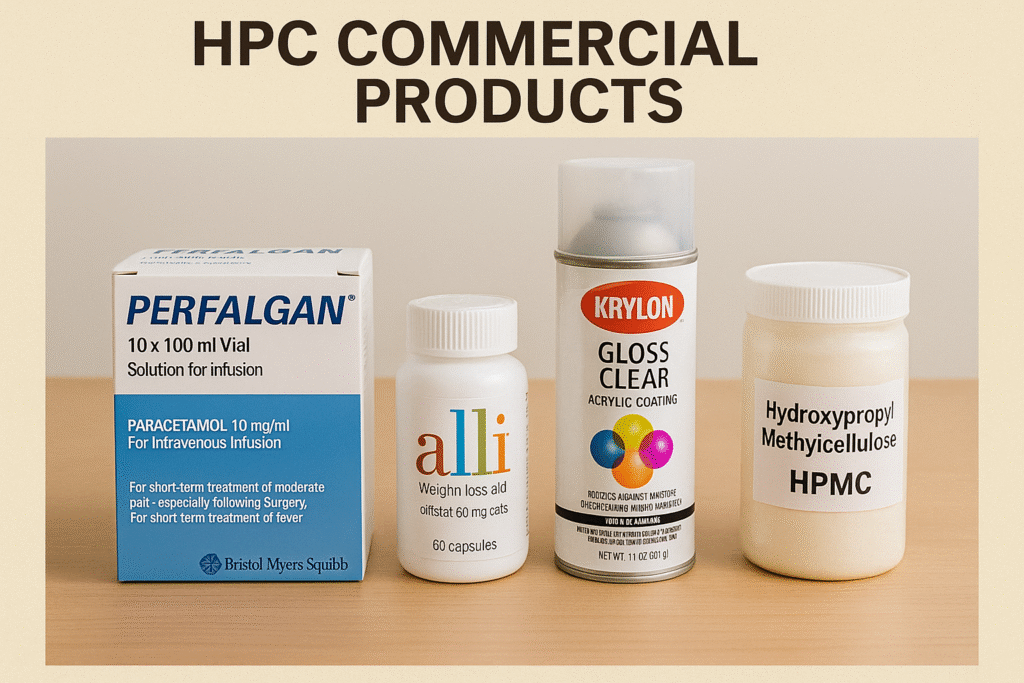
I often need to explain to clients that HPC and HPMC4 are different products with distinct properties and applications. HPC has only hydroxypropyl substitution groups, while HPMC has both methoxyl and hydroxypropyl groups.
This difference affects their compatibility with other materials and their performance in various applications.
For construction applications, the differences become apparent in:
| Property | HPMC | HPC |
|---|---|---|
| Water retention | Excellent | Good |
| Surface activity | Moderate | Higher |
| Thermal gelation | Yes | Less pronounced |
| Cost efficiency | More economical for construction | Higher cost |
| Compatibility with cement | Very good | Good but different setting properties |
We typically recommend HPMC for most general construction applications like cement mortars, tile adhesives, and renders due to its better price-performance ratio.
However, HPC might be preferred in specific applications where its unique properties offer advantages, such as certain specialty coatings or when enhanced workability is required at the expense of water retention.
What is the generic name for methylcellulose?
Customers sometimes use methylcellulose and HPMC interchangeably. This mix-up can affect final product performance, especially in sensitive applications like self-leveling compounds.
The generic name for methylcellulose is simply "Methylcellulose" or MC. Unlike HPMC, methylcellulose only has methyl substitution groups and no hydroxypropyl groups, giving it slightly different properties in construction applications.
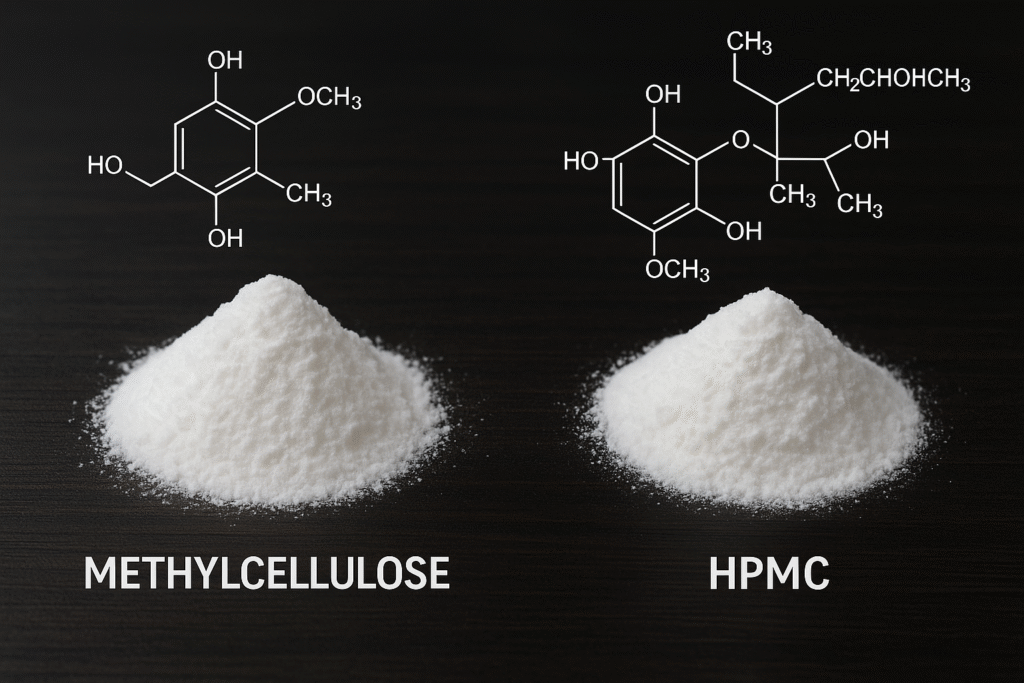
In our factory's testing lab, we've repeatedly demonstrated the differences between these related but distinct products. Methylcellulose5 dissolves at lower temperatures than HPMC and forms gels at higher temperatures. This property affects how it behaves in cement mixtures during hot weather application.
When advising customers about which cellulose ether to choose, we consider several factors:
| Factor | Methylcellulose5 (MC) | HPMC |
|---|---|---|
| Cold water solubility | Lower | Better |
| Surface activity | Lower | Higher |
| Temperature stability | Less stable in extreme heat | More stable across temperatures |
| Application range | More limited | Broader |
| Cost | Slightly lower | Slightly higher but better value |
For most modern construction applications, especially in hot climates like Saudi Arabia or UAE where many of our customers operate, we recommend HPMC over pure methylcellulose.
The improved stability and broader application range justify the small price difference, resulting in more consistent final products and fewer job site problems.
Conclusion
HPMC stands for Hydroxypropyl Methylcellulose, a versatile cellulose derivative with various names and applications. Understanding the differences between HPMC, HPC, and MC helps you choose the right product for your specific construction needs.
-
Explore this link to understand the diverse applications of Hydroxypropyl Methylcellulose in construction materials, enhancing your purchasing decisions. ↩
-
Learning about the specifications can prevent misuse and ensure safety in construction applications. ↩
-
Exploring brand names can help you identify the right product for your specific needs in various industries. ↩
-
Exploring this resource will provide insights into HPMC's unique properties and its advantages in construction applications. ↩
-
Explore this link to understand how Methylcellulose can enhance construction projects, especially in hot climates. ↩ ↩
